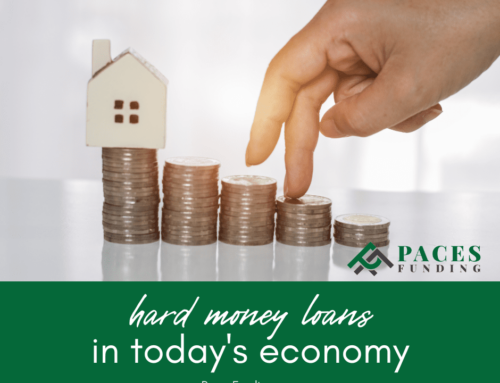
How to Determine ARV
When you borrow money from a hard money lender, your lender will come out and look at the property to determine its after-repair value, or ARV.
But you shouldn’t even go that far unless you’ve evaluated the property’s ARV yourself – otherwise, you could be about to sink your money into a losing deal.
How to Determine ARV
Your preliminary research on a house should include looking at other, similar houses that are in better condition and determining what they’re selling for.
These are called comparables (comps for short). They’re recently sold and for-sale properties similar to the subject property, and you’ll use them to determine what the property you want is going to sell for once it’s all fixed up.
You can use major websites like Zillow, Trulia or Redfin, but you’ll get better data from the Multiple Listing Service, or MLS.
The catch: You’ll need to work with a real estate agent or be an agent yourself. (That’s fine, too, because you need a talented agent on your team if you want to be successful in this business.)
Your first goal is to look for other rehabbed properties, houses that have been recently sold as short sales or bank-owned properties (provided that they’ve been renovated or are in good condition).
Look only at homes that have sold within the past 3 to 6 months, and that are within no more than three-quarters of a mile from the property you’re interested in rehabbing. Make sure they’re close in size, number of bedrooms and bathrooms, age, and square footage, and that they’re in a similar neighborhood, too.
It’s also a good idea to check local tax records to see what other investors are paying for properties in the area.
Once you know what the property may sell for, you can start looking at your financing options.
Are You Looking for a Hard Money Loan to Buy a Property?
Call us at 404-814-1644 or contact us online to find out whether you might qualify for this type of funding. In the meantime, check to ensure that you meet our loan criteria. Our loan amounts can be up to 65 percent of the after-repaired value of the collateral—and if you use the loan for renovation or construction, the loan amount can be based on the collateral’s improved value.
Read our frequently asked questions and take a few minutes to learn about the hard money loan process.














